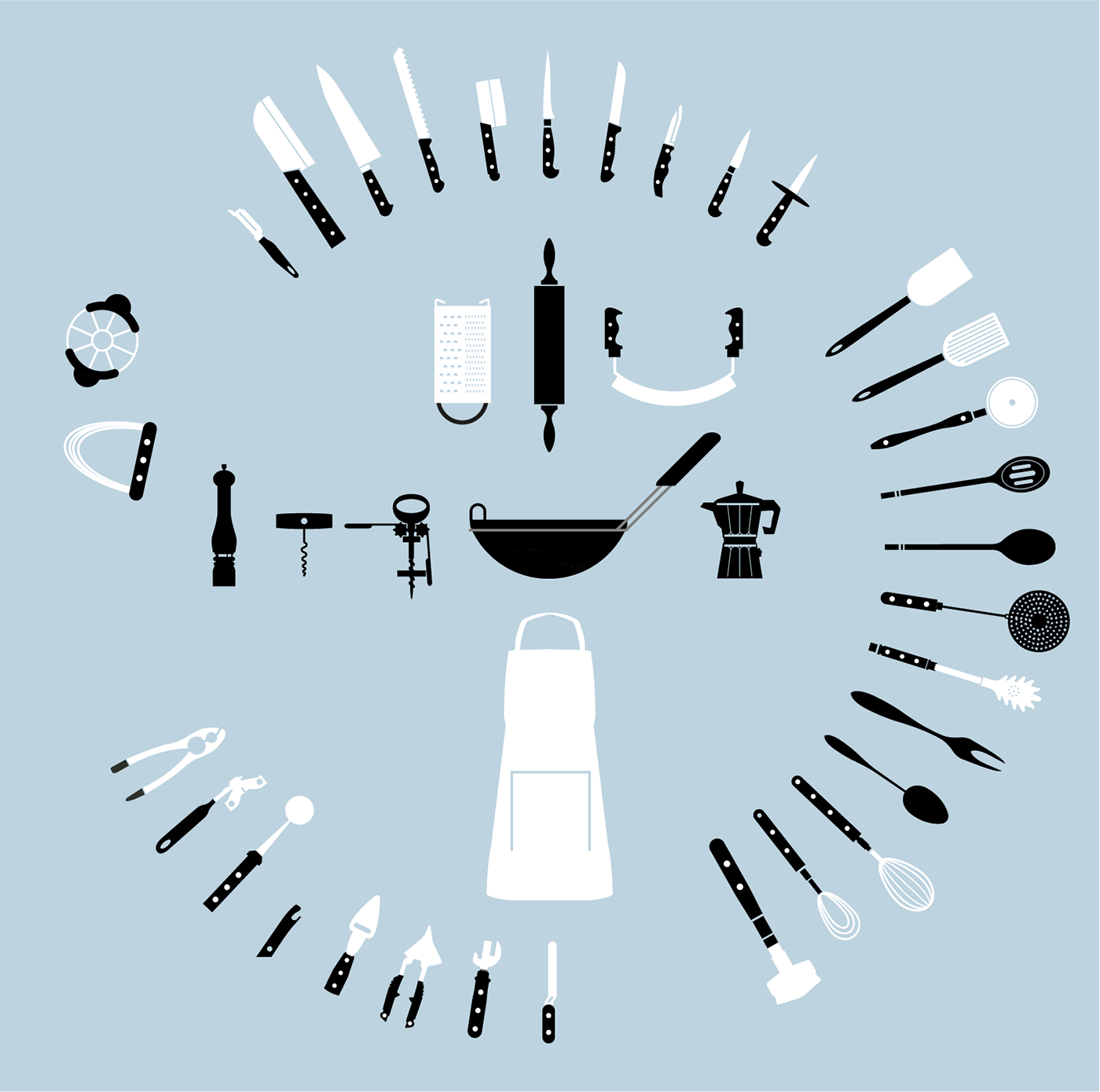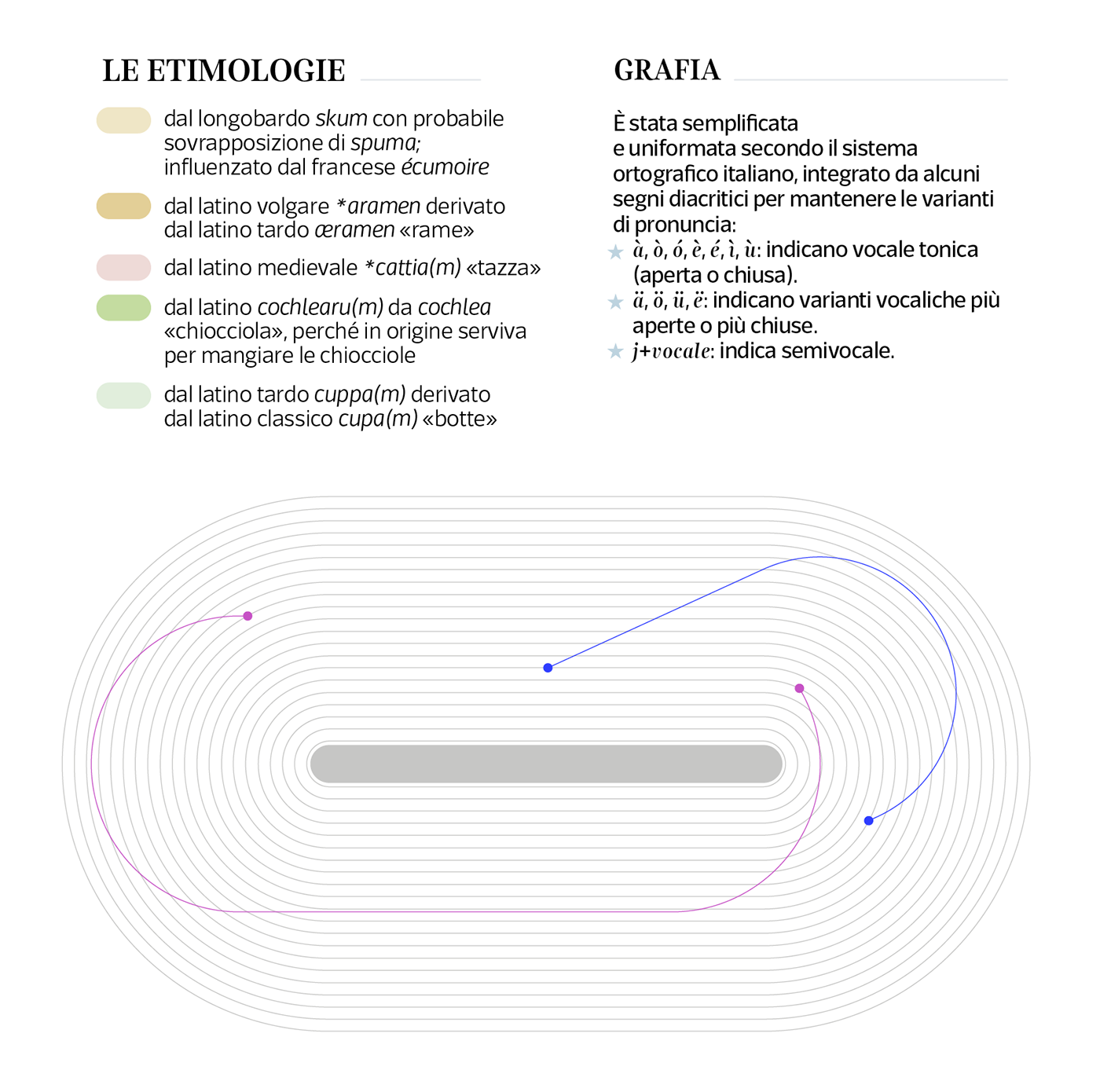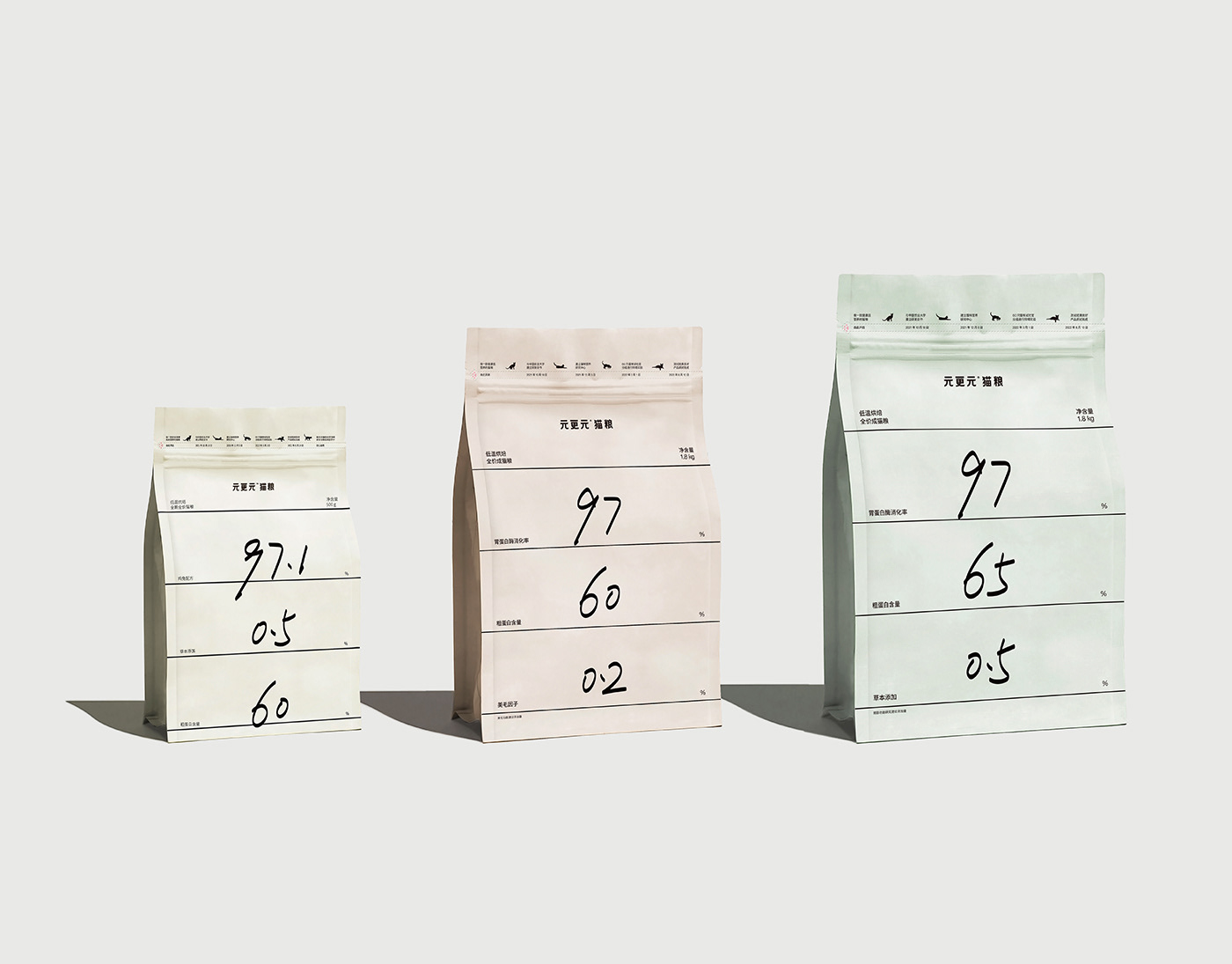A new visualization on #linguistics for @la_lettura n.636, The Dialect Wealth of The names of kitchen utensils.


The dialect variants spoken in Italy have been the subject of scientific classification attempts since the late nineteenth century, first with G. I. Ascoli (who highlighted the role of attraction exerted on all dialects from Tuscan towards the forming Italian national standard), then with the charming idea of pre-Roman substratum introduced by C. Merlo, and finally with the development of Geolinguistics due to the reconnaissance of G. Rohlfs, who identified the fundamental border lines between dialect groups in two specific bundles of isoglosses, coinciding with various geographical and historical factors.


In the most recent and accredited classifications, such as that of G. B. Pellegrini, the Italian language returns to being the most significant reference and criterion of distinction. Even more recently, now that dialect speeches have fallen significantly behind in use and diffusion to the advantage of the so-called regional Italians, i.e. varieties of the standard language influenced by the underlying dialect phonology and sometimes by localisms blatantly emerging in the lexicon. The comparison takes place between a language - originally a literary one - which has long been codified (Italian) and another language - dialect, a spoken one - now subordinated to the first, from a social point of view, with the sole exclusion of small areas of the territory.
However, dialects " [...] are not in danger of extinction today [...] they have been able to gain experience thanks to a long, centuries-old coexistence with at least some levels of Italian (F. Avolio, Forty years after the linguistic history of De Mauro, Unipress 2003). In a context of coexistence and co-occurrence, it has been Italian itself that paradoxically defended dialects.
However, dialects " [...] are not in danger of extinction today [...] they have been able to gain experience thanks to a long, centuries-old coexistence with at least some levels of Italian (F. Avolio, Forty years after the linguistic history of De Mauro, Unipress 2003). In a context of coexistence and co-occurrence, it has been Italian itself that paradoxically defended dialects.

This is the case of the gastronomic lexicon (e.g. many vegetables have different common names in various Italian regions and origins that date long back). In this small study based on scientific sources, a specific sector of the semantic field relating to food, namely that of the common names of kitchen objects, has been investigated.
These names are influenced by the long culinary traditions handed down mostly orally, by the care for social and material culture, and by the concreteness of the objects to which they refer, thus constituting a privileged field for dialectological investigation.
These names are influenced by the long culinary traditions handed down mostly orally, by the care for social and material culture, and by the concreteness of the objects to which they refer, thus constituting a privileged field for dialectological investigation.




